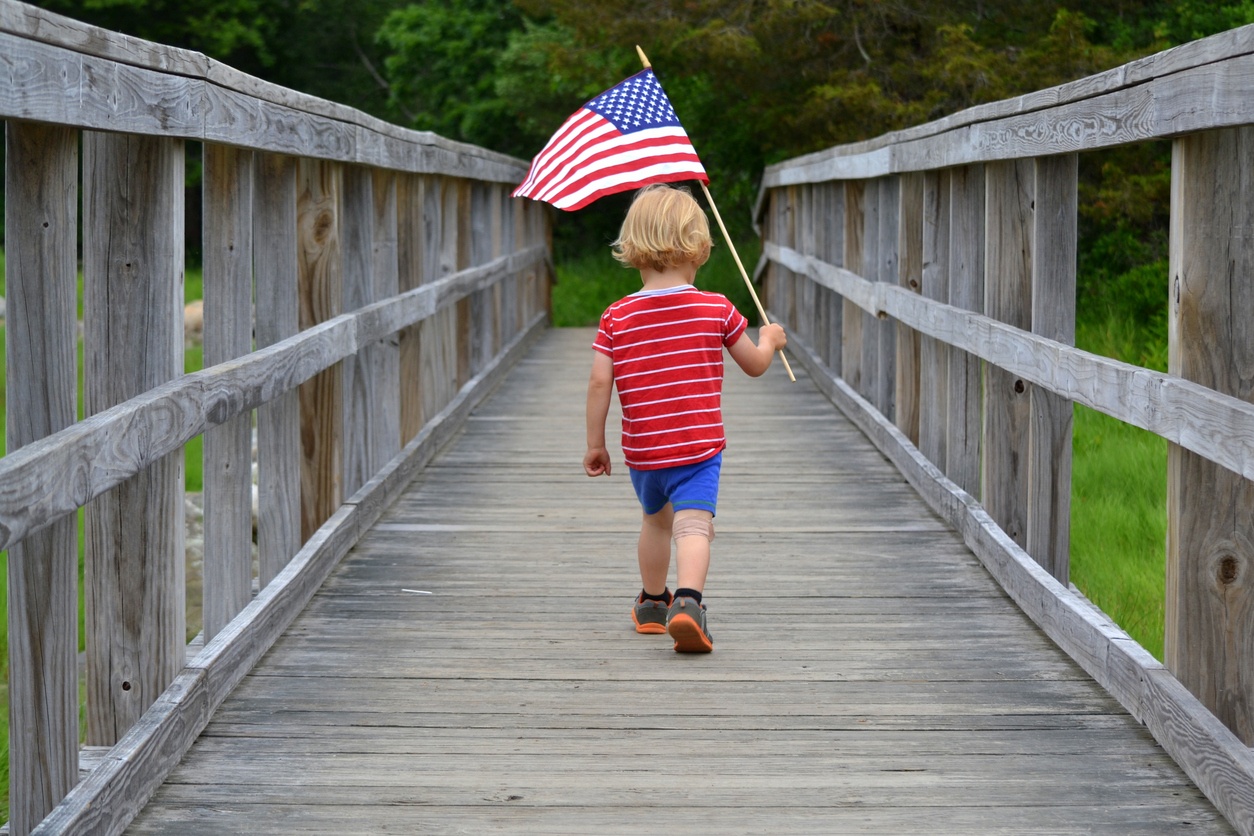Originally posted by: www.redcross.org
It’s time for Fourth of July celebrations – fireworks, a backyard barbecue, maybe a trip to the beach. Whatever people have planned, the American Red Cross wants them to enjoy their holiday and has steps they can follow to be safe.
“We want everyone to have a great holiday, and a safe one,” said Alison Bono, Central and Northern Michigan Regional Director of Communication. “Whether the weekend will involve fireworks, grilling or going to the seashore, we have safety tips everyone can follow.”
FIREWORKS SAFETYThe safest way to enjoy fireworks is to attend a public fireworks show put on by professionals. Stay at least 500 feet away from the show. Many states outlaw most fireworks. If someone is setting fireworks off at home, they should follow these safety steps:
- Never give fireworks to small children, and always follow the
- instructions on the packaging.
- Keep a supply of water close by as a precaution.
- Make sure the person lighting fireworks always wears eye protection.
- Light only one firework at a time and never attempt to relight “a dud.”
- Store fireworks in a cool, dry place away from children and pets.
- Never throw or point a firework toward people, animals, vehicles,
- structures or flammable materials.
- Leave any area immediately where untrained amateurs are using fireworks.
GRILLING SAFETYEvery year people in this country are injured while using backyard charcoal or gas grills. Follow these steps to safely cook up treats for the backyard barbecue:
- Always supervise a barbecue grill when in use.
- Never grill indoors – not in your house, camper, tent, or any enclosed area.
- Make sure everyone, including the pets, stays away from the grill.
- Keep the grill out in the open, away from the house, the deck, tree branches, or anything that could catch fire.
- Use the long-handled tools especially made for cooking on the grill to keep the chef safe.
- Never add charcoal starter fluid when coals have already been ignited.
- Always follow the manufacturer’s instructions when using grills.
BEACH SAFETYIf someone’s visit to the shore includes swimming in the ocean, they should learn how to swim in the surf and only swim at a lifeguarded beach, within the designated swimming area. Obey all instructions and orders from lifeguards. Other safety tips include:
- Keep alert for local weather conditions. Check to see if any warning signs or flags are posted.
- Swim sober and always swim with a buddy.
- Have young children and inexperienced swimmers wear a Coast Guard-approved life jacket.
- Protect the neck – don’t dive headfirst. Walk carefully into open waters.
- Keep a close eye and constant attention on children and adults while at the beach. Wave action can cause someone to lose their footing, even in shallow water.
- Watch out for aquatic life. Water plants and animals may be dangerous. Avoid patches of plants and leave animals alone.
RIP CURRENTSRip currents are responsible for deaths on our nation’s beaches every year, and for most of the rescues performed by lifeguards. Any beach with breaking waves may have rip currents. Be aware of the danger of rip currents and remember the following:
- If someone is caught in a rip current, swim parallel to the shore until out of the current. Once free, they should turn and swim toward shore. If they can’t swim to the shore, they should float or tread water until free of the rip current and then head toward shore.
- Stay at least 100 feet away from piers and jetties. Permanent rip currents often exist near these structures.
SUN PROTECTIONLimit exposure to direct sunlight between 10 a.m. and 4 p.m., and wear a broad-spectrum sunscreen with a protection factor of at least 15. Reapply sunscreen often. Remember to drink plenty of water regularly, even if not thirsty. Avoid drinks with alcohol or caffeine in them. Protect the eyes by wearing sunglasses that will absorb 100 percent of UV sunlight. Protect the feet – the sand can burn them and glass and other sharp objects can cut them.
During hot weather, watch for signs of heat stroke—hot, red skin; changes in consciousness; rapid, weak pulse; rapid, shallow breathing. If it’s suspected someone is suffering from heat stroke:
- Call 9-1-1 and move the person to a cooler place.
- Quickly cool the body by applying cool, wet cloths or towels to the skin (or misting it with water) and fanning the person.
- Watch for signs of breathing problems and make sure the airway is clear. Keep the person lying down.
Protecting your child during the holidays is extremely important, but even more so is protecting their life. Give yourself the peace of mind knowing that they are covered in every way. By recording and keeping their fingerprints, DNA, and other vitals in one secure location, our McGruff Safe Kit allows you to pass on thier information to the authorities at a moment’s notice. Request your no-cost kit today!









